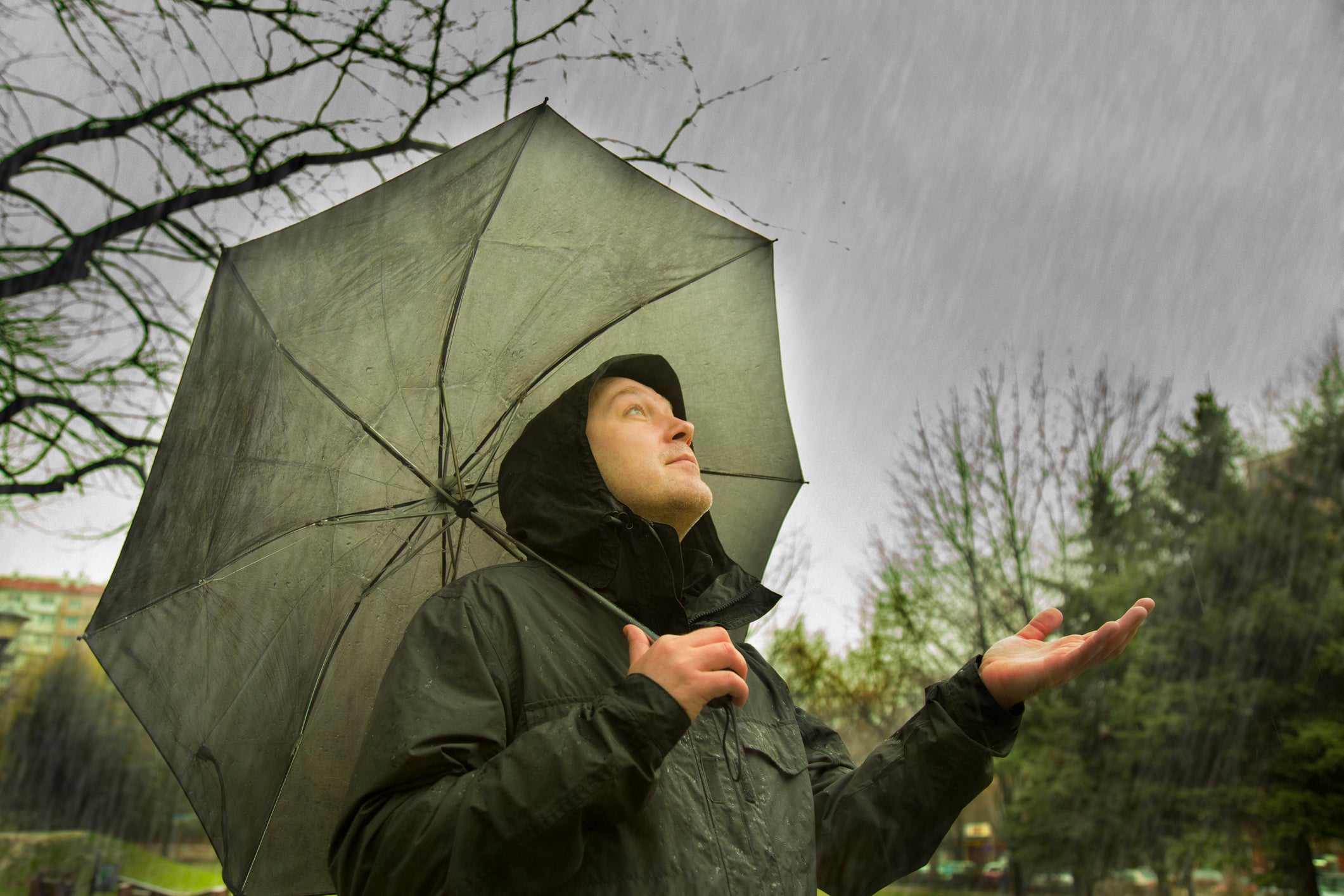
It’s that time of year again; time when the days are longer and outdoor temperatures start to rise. With the cold weather behind us, we can begin to enjoy the perks of spring. Many are drawn to fun and relaxing outdoor activities during this time of the year; however, spring is also a season of unstable weather.
Being mindful and prepared for the weather is a must during the spring. Seasonal weather hazards such as severe thunderstorms, tornadoes, hail, high winds, lightning and flash floods can quickly lead to dangerous situations. Since spring weather can be unpredictable, it’s important to have a plan in place to keep you and your loved ones safe. This allows you to be prepared and ready to act quickly if the need arises.
The National Weather Service provides some helpful tips to consider as we move through this lovely but potentially dangerous weather season:
General Safety
- Gather food and emergency supplies to last for at least 72 hours in the event you must remain sheltered.
- Check your area’s weather forecast each morning. Monitor it periodically throughout the day to receive current weather updates and alerts.
- Have reliable and backup forms of communication in case of an emergency.
Tornado Safety
- Always go to the lowest level of your home, get under something heavy and sturdy, then cover your head with your arms and hands.
- If you can’t shelter underground, move to an inside room or hallway and stay away from windows. If possible, get into a bathtub or under a bed or sofa.
- Vehicles can easily be tossed around so do not remain inside your vehicle.
- If you get caught outside, lie flat on the ground facedown away from vehicles and trees. Cover your head with your hands.
- Be aware of flying debris; most storm-related deaths and injuries are caused by flying objects.
- In a building with multiple levels, go to an interior area away from windows and avoid elevators. Interior stairwells are good places to shelter in these circumstances.
Flood Safety
- Do not walk or drive through floodwaters. It takes only six inches of moving water to knock a person down, and 12-18 inches of water can carry away any vehicle.
- Obey evacuation orders immediately and do not go into barricaded areas. Lock your home when you leave and disconnect power if you have time.
- Don’t go into any room where electrical outlets are submerged.
Lightning Safety
- If you can hear thunder, then lightning is close enough to strike you; move to an inside area.
- When outside, immediately move away from hills and elevated areas. Find an enclosed building or non-convertible vehicle metal topped car with the windows up.
- When indoors, stay off equipment that can put you in direct contact with electricity such as computers and corded phones.
- Stay away from windows and avoid running water.
Knowing the potential dangers of the season and how to remain safe can prevent injuries and save lives. Don’t wait until bad weather hits to come up with a plan. Now is the perfect to get the family together to discuss spring safety.
Most local news agencies have weather apps and resources available to alert you of significant weather issues. For more information about spring weather safety, please visit //www.weather.gov.
